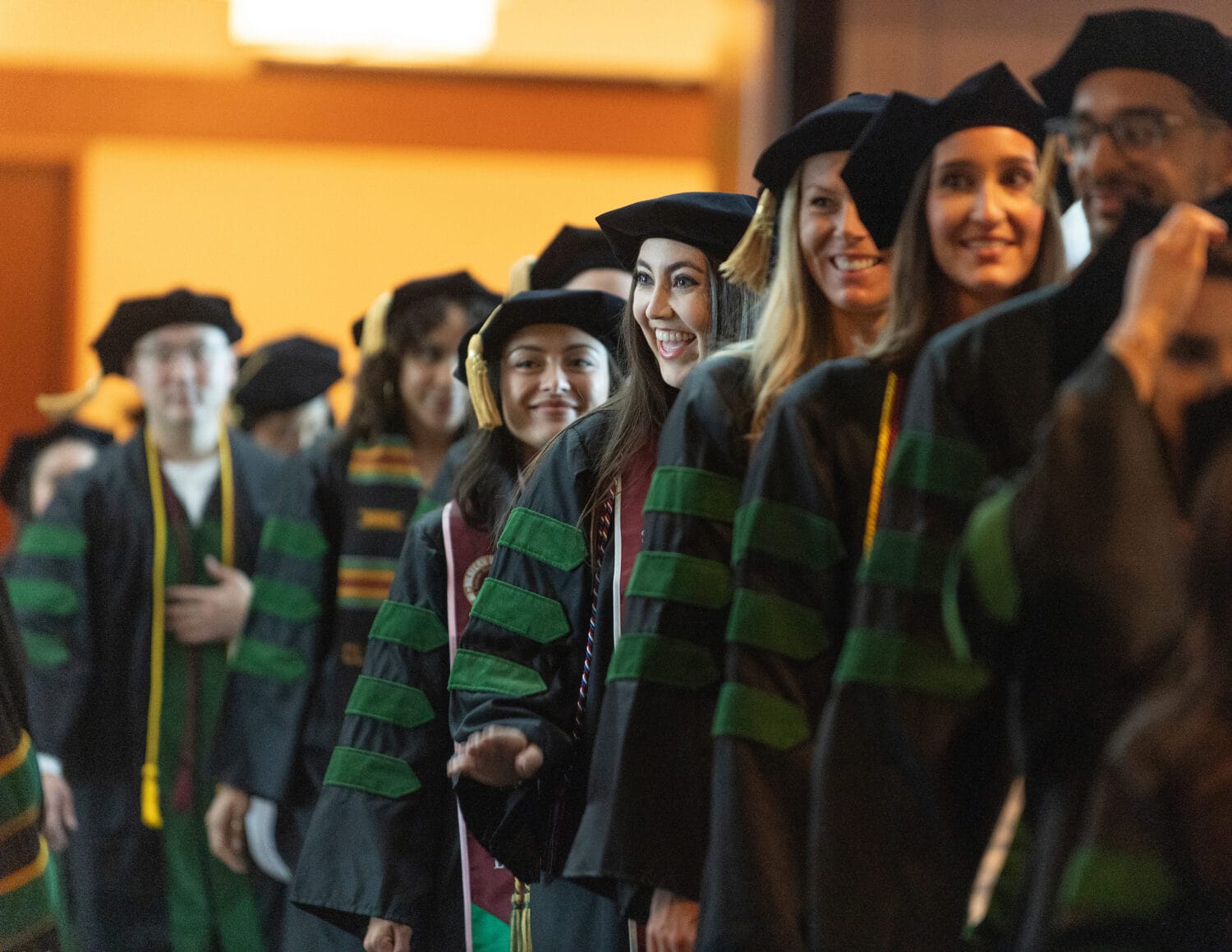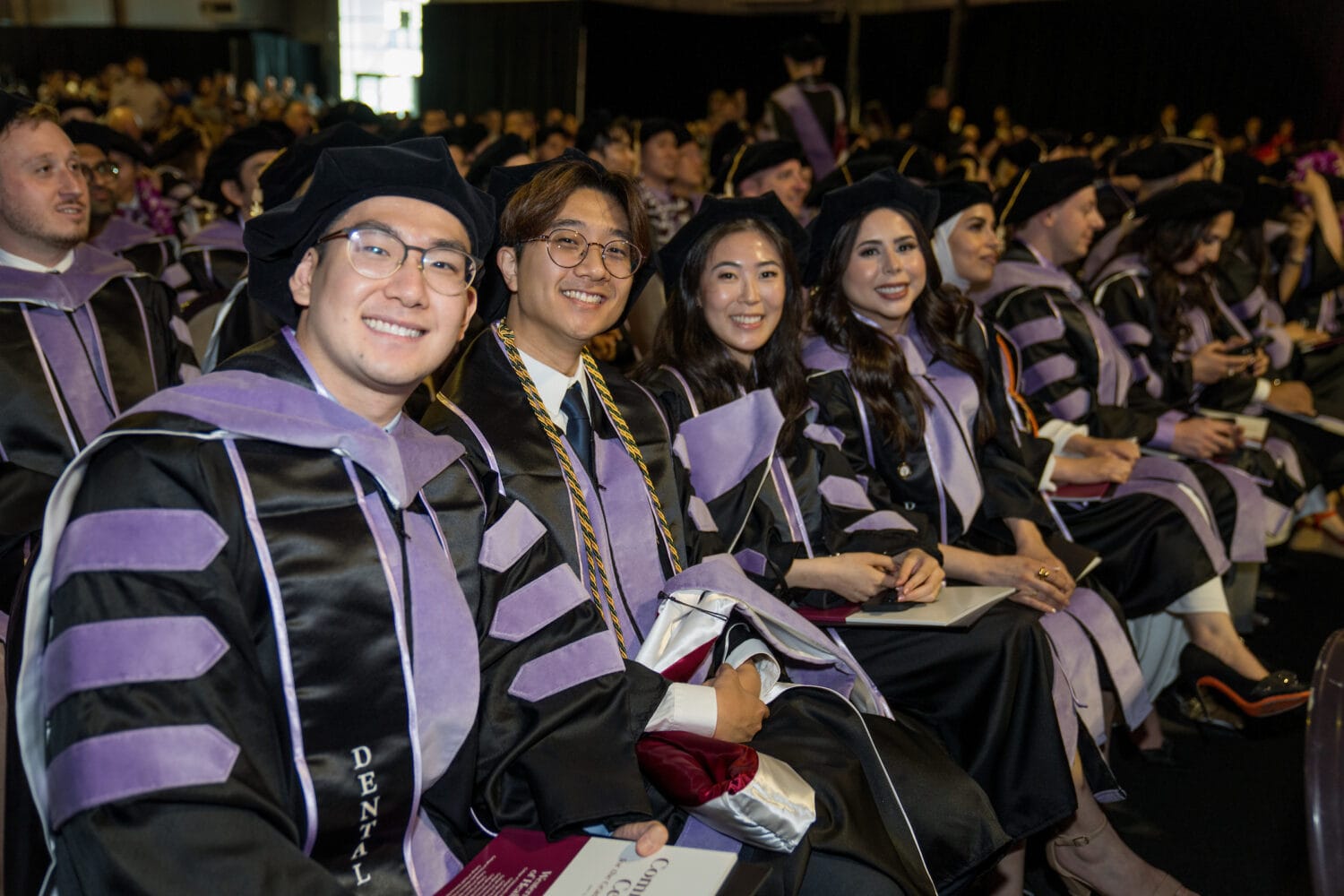WesternU professor publishes first book
Western University of Health Sciences Assistant Professor Vicki Wedel, PhD, has published her first book on forensic anthropology, detailing the principles behind the interpretation of skeletal blunt force trauma.
Dr. Wedel, an assistant professor of anatomy for WesternU’s College of Osteopathic Medicine of the Pacific and College of Dental Medicine, is author and editor of “Broken Bones: Anthropological Analysis of Blunt Force Trauma” published by Charles C. Thomas Publisher, Ltd. The book is available for purchase on Amazon.com. UC Santa Cruz Professor Allison Galloway, PhD, D-ABFA, also served as editor.
The book details the training and responsibilities of forensic anthropologists examining human remains in medicolegal investigations of death. It also describes how difficult it is to conduct actualistic studies of human trauma using non-human bone, then details bone by bone, fracture by fracture what to call each break, what force it took to cause the bone to fail, and the epidemiology of known victims. The book concludes with nine case studies of individuals who either died of blunt force trauma or were identified from healed fractures.
“I get invested in trauma analysis every time I examine human remains from an individual who suffered a lot of blunt force,” Wedel said. “During my work in Haiti following the earthquake in 2010, I examined individuals with crushed skulls, broken necks, and crushed pelves from structures falling on them, and in my individual forensic cases, people suffer the worst kinds of blows at the hand of another person, car, train, etc. Writing a book on how to analyze and make sense of the damage fit with both my interests as a researcher and my needs as a forensic investigator.”
Dr. Wedel has provided forensic anthropology consulting for several California counties since 2001 and has been a forensic anthropologist for the National Disaster Medical System’s Disaster Mortuary Response Team (DMORT) since 2008. She is a Fellow of the American Academy of Forensic Sciences and her research focuses on developing new methods of identification for forensic anthropologists and odontologists to use in casework.



